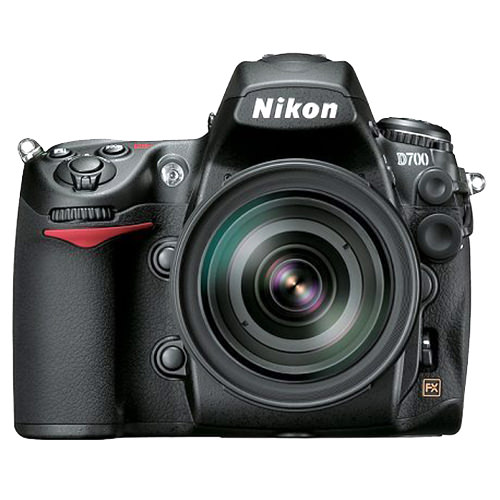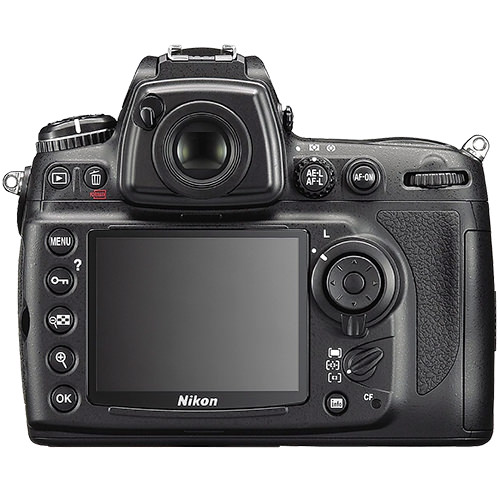It’s July 2014 and the Nikon D700 DSLR is six years old and it’s still one of the best cameras Nikon ever made – and it made, and continues to make, plenty of money for many professional photographers. Not only is it a proven workhorse, but also now has a new life as an excellent choice for first-time full-frame camera buyers as a refurbished, used camera capable of more years of rugged image making and outstanding image quality. This camera has been around since long and was replaced by Nikon D750 with added features like wireless connectivity, better battery life, smaller size and many more.

When it was first introduced, the Nikon D700 didn’t drain the bank accounts of amateurs who were ready for FX photography, but also had the features and tough construction for a variety of professionals working in all kinds of dirty, wet, tough and competitive environments. The D700 does what every photographer dreams a camera will do: capture an acceptable image of any composed scene or subject; point the camera quickly and achieve almost instant focus; and maintain precise tracking of most any subject that flashes in front of the lens.
The fight over which camera has a sensor with the most pixels why that’s important has exhausted itself, as it is now clear that the great majority of photographers, even many pros, can capture great image quality with the 12.1 megapixels in the D700. With its large photo sites, the D700’s sensor create a very high signal-to-noise ratio and produces highly accurate color and above average dynamic range.
The usable ISO range of the D700 is much the same as the sensor’s capabilities: ISO 6,400 is spotless and 12,800 can be used if conditions require it and produce acceptable images. Greater ISO sensitivities aren’t actually important except for extreme photographic challenges.
A continuous shooting mode rating of 5 frames per second will work in most situations. Add the MB-D10 battery pack and the D700 jumps to 8fps, which is as much or more as anyone would need.
The 1005 pixel RGB meter that provides TTL full-aperture exposure metering has only proven to be many photographer’s best friend, as its accuracy has much to do with making the D700 a legend. Many photographers have commented during the six-year life of the D700 that it is easy to switch to spot metering, which is approximately a 4mm diameter circle that can be centered on a selected focus point.
Photographers have an equal amount of praise for many of the D700’s control features. It’s easy to review image sharpness with a press of the multi-selector center button for quick views of playback images. The command dial makes it possible to move back and forth from the same magnified point on multiple images.

There’s nothing ancient about the D700’s auto-focus system either, with 51 focus points and 15 cross-type sensors. Single point focus is possible from either 51 or 11 points and AF fine tuning is another sub-feature that has always been a big help for photographers shooting with fast lenses.
Versatility is also a key benefit of the Nikon D700, as it accepts Nikon DX lenses to give you more focal length when needed and the viewfinder automatically converts to the DX scale.
The D700 also alleviates photographers of another important worry: power drain. You can shoot all day and capture 1,000+ images with just one EN-EL3e battery. Add the grip and an EN-EL4e battery and now you have 5 times the number of images.
So, what does all of this mean six years on? Simply that the Nikon D700 is far from retirement and a properly refurbished used camera purchased from a trusted company, such as KEH, will be the right learning aid for many students and be a more affordable option for enthusiasts and hobbyists who are serious about becoming full-frame photographer.
Visit KEH today to learn more about why it is as legendary as the Nikon D700 for reliability, professionalism and support of any used equipment you buy from the company.
This blog post about "Nikon D700 DSLR Camera" was first published on our website here https://www.photographytalk.com/photography-articles/4547-why-the-legendary-nikon-d700-dslr-camera-is-still-making-history